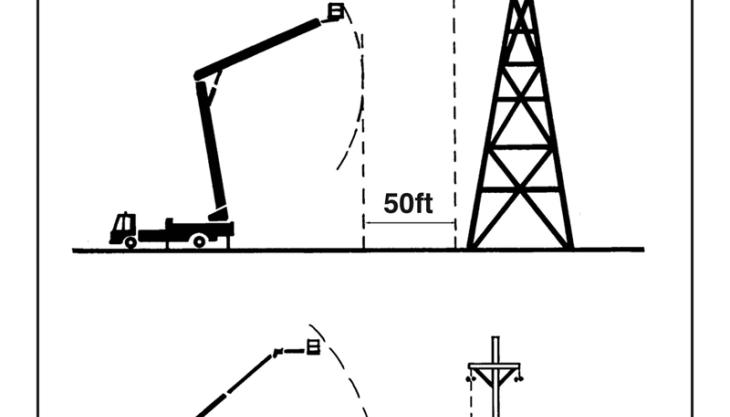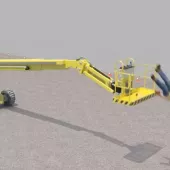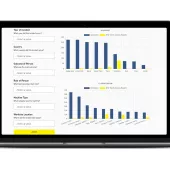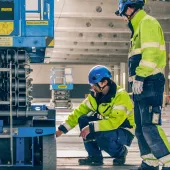Keep a safe distance from power lines, says IPAF

Federation illustrates recommended safe distances for AWPs working near electrical power lines
IPAF has called on aerial work platform (AWP) operators and managers to always be aware of and maintain safe distances when working near power lines, in light of accident data which points to electrocutions as one of the largest causes of AWP-related fatalities in the US.
The not-for-profit Federation highlighted this safety message with a dynamic display at the Lift Safety Zone at the CONEXPO-CON/AGG show in Las Vegas, which illustrated the safe and minimum approach distances for an AWP when working near power lines.
The IPAF demonstration illustrated two recommended safe distances (see diagram):
- 50ft (15m) from fully extended boom when working near electricity pylons
- 30ft (9m) from fully extended boom when working near cables on wooden poles.
These recommended safe distances meet or exceed those specified in ANSI standards and OSHA requirements.
Tony Groat, IPAF North America manager, explained: ‘Operators or supervisors are often not in a position to know the voltage in the power source. Knowing the voltage is essential to determine the minimum approach distance (MAD), which is the safest distance a person who has not had specific training in avoiding electrical hazards should approach ‘live’ overhead cables.
‘The IPAF recommendations are safe distances until the voltage is determined. It is possible to work closer to power lines than the IPAF-recommended safe distances, but this should only be undertaken after seeking expert advice from the power supplier and implementing extra safety precautions.’
Sharing findings from IPAF’s accident reporting project and Powered Access Rental Market Reports, IPAF technical officer Chris Wraith said: ‘In 2013, all seven reported cases of electrocution worldwide occurred in the US, where the AWP rental fleet is estimated at 510,500 machines (54% of the world rental fleet).
‘AWPs are probably the safest way of doing temporary work at height, so the onus is on managers and operators to stay safe when working near to power lines/conductors. Electrocutions can be prevented through proper planning, risk assessment and management of work at height, including thorough operator training and familiarization.’









